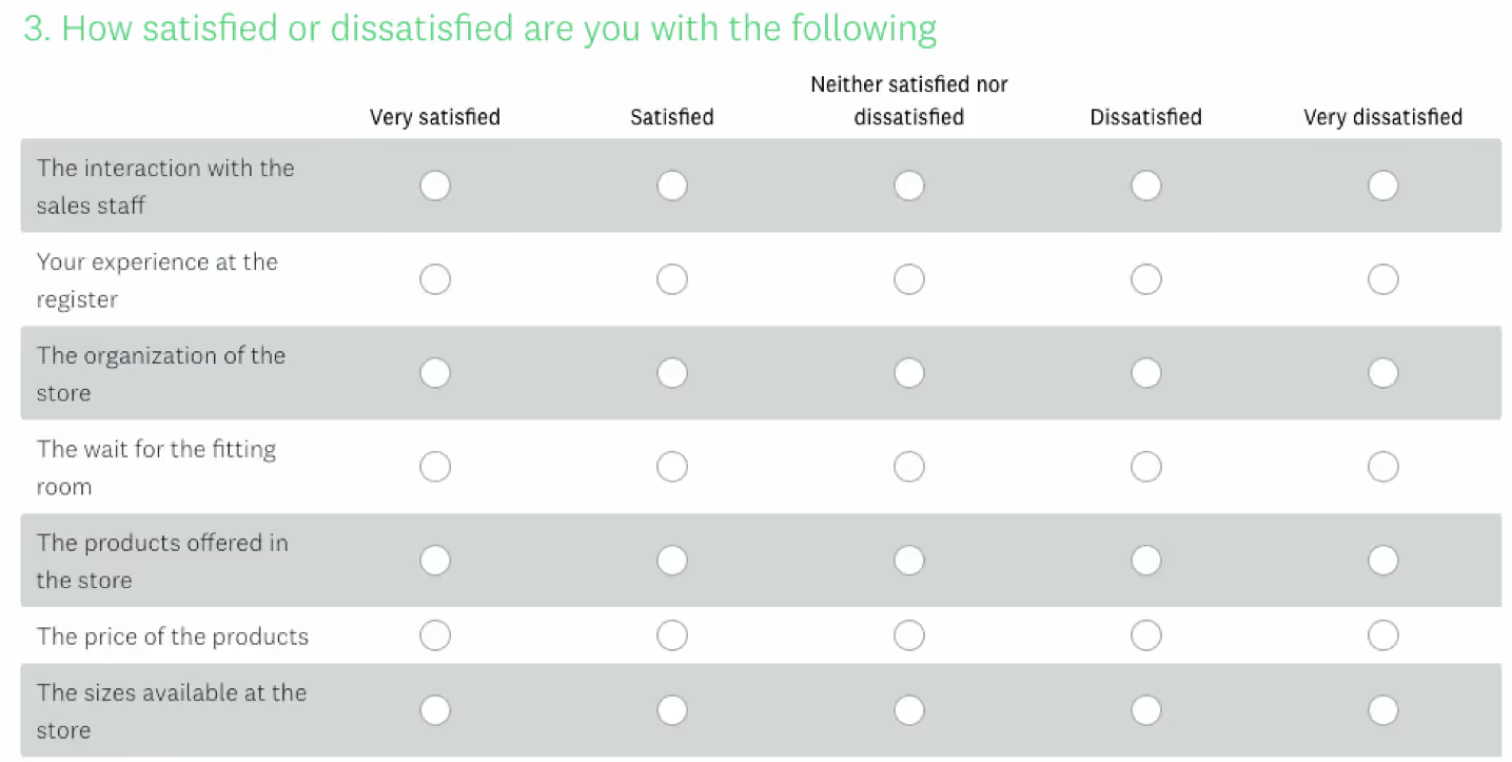Acquiring a new customer can cost five times more than retaining an existing one. Additionally, increasing customer retention just by 5% can increase profits from 25-95%. In other words, understanding the nuances of customer retention is paramount.
You can’t get away with just attracting new customers. Your strategic goal is to keep them engaged and loyal. In this article, we will go through the techniques we employ to measure and improve retention for our clients. Let’s dive right in.

What’s customer retention rate & who needs to measure it
Let’s do a bit of a memory jog. Retention measures the percentage of users who remain engaged with a product or service after a certain period. This metric is essentially the mirror image of churn — the rate at which customers discontinue their use of a service or product. Retention is especially relevant for gauging user behavior in SaaS UX since these products are subscription-based. Understanding the delicate balance between retention and churn is crucial for any business aiming to sustain and grow its customer base.

Initially, it may seem that not every business needs to worry about retention. Here are a few examples:
- One-time products: Items that are typically purchased once due to their durability or unique nature. A dining table or a one-time-purchase software is a good example.
- Seasonal products: Goods that are relevant only during certain times of the year, such as holiday decorations or seasonal apparel.
- Luxury items: High-end products like those offered by Zillow, where repeat purchase frequency is naturally lower due to the product's nature and price point.
Indeed, why bother with retention in this case? – The answer is simple. Long-term, it’s much more lucrative. One-time-purchase products can only grow as the market grows. And no market grows forever.
Whenever your product is used rarely (less than once a month), you risk getting yourself into a forgettable zone. So what do you do if you find yourself there?

The answer lies in creating additional use cases for your products or services. By expanding how customers can engage with what you offer, you also expand the number of users and give them reasons to return.
A good example is Zillow. The product expanded its platform beyond traditional real estate listings by introducing new services such as Zillow Offers for direct home buying and selling, Zillow Rentals for rental listings, Zillow Mortgage for mortgage services, and Zillow Home Improvement for renovation planning.

These provided users with utility beyond the initial property search, helping Zillow overcome the forgettable zone and become a comprehensive destination for various real estate needs.
Now that we’ve established that any long-term-oriented business needs to measure retention, let’s talk about how you can do it.
Measuring retention metrics
Understanding and improving customer retention is a multifaceted challenge that requires a nuanced approach to measurement. The fundamental formula is as follows:
Retention Rate = ((Customers on day X - New Customers)/Customers on day 1)*100
This may look less scary when presented visually.

Now here comes the tricky part. Below, we’ll list a few considerations to make this formula work.
- Time frame: the appropriate time frame depends on the nature of your product or service. Short-term and long-term retention rates may vary significantly.
- User segmentation: analyze retention rates for different user segments. Those segments may include new users, returning users, or users from different acquisition channels. This can shed light on where retention efforts are most effective.
- Definition of "active": define what constitutes an "active" user for your context. It could be logging in, making a purchase, or engaging with key features. This helps make your calculations more accurate.
And, on top of that, you also need to have a good grasp on:
- Churn: understanding why users churn is crucial for improving retention efforts. Again, those are mirror metrics.
- Cohort analysis: this activity helps track the retention rates of groups of users who started using your product or service around the same time. That’s how you identify trends and patterns over time.
Depending on how you define these aspects, your retention rate will vary. This is why it’s important to:
- Have a consistent tracking system
- Make decisions based on your own benchmarks and dynamics
Additionally, other metrics can offer additional insight. In isolation, metrics are easy to manipulate. It’s much harder to do that with a holistic view. Daily/monthly active users and lifetime value, in our experience, complement the retention rate well.
{{case-study}}
Average retention rate metrics
Well, it’s tricky. One way to see how you measure up against competition is through benchmarks. These are industry-specific averages or norms that provide a context for your metrics. For instance, a retention rate that's considered healthy in the highly competitive social media app industry might be deemed low in the niche B2B SaaS market. Therefore, establishing relevant benchmarks within your industry is a must.
Here are a few examples of retention rates based on the industry:










